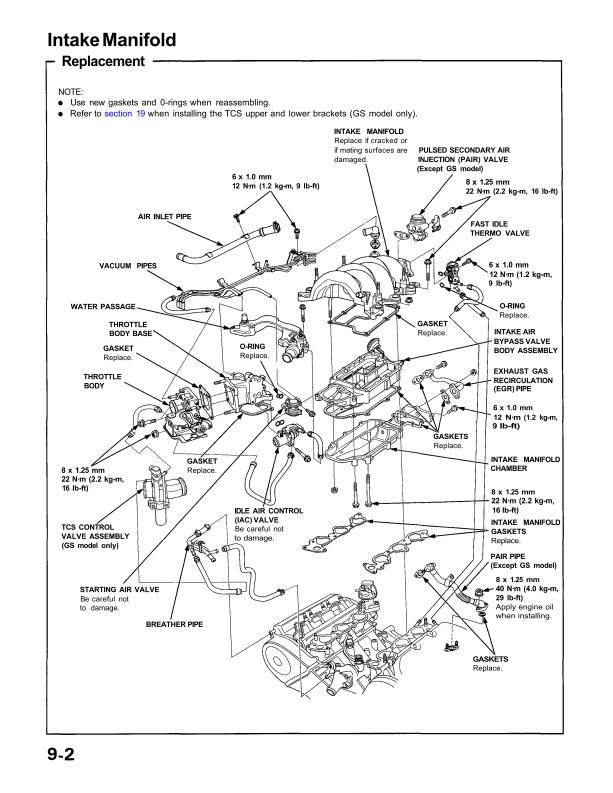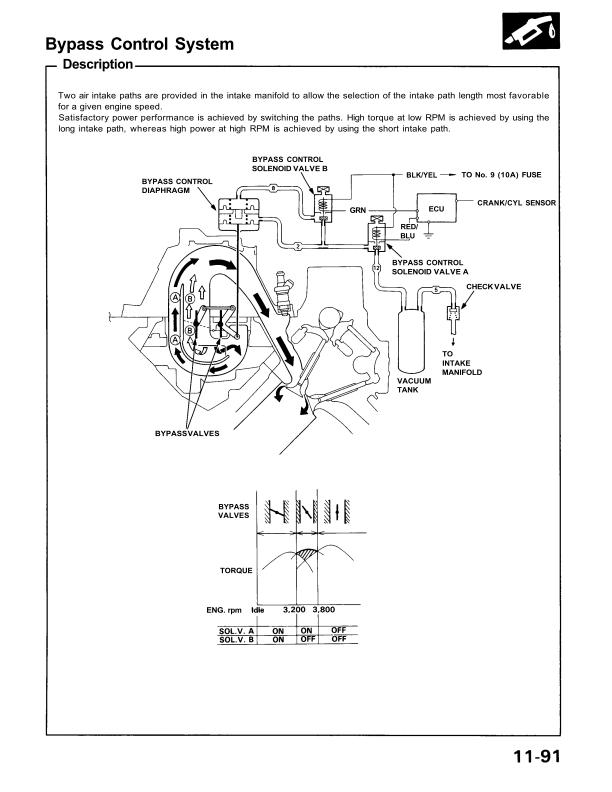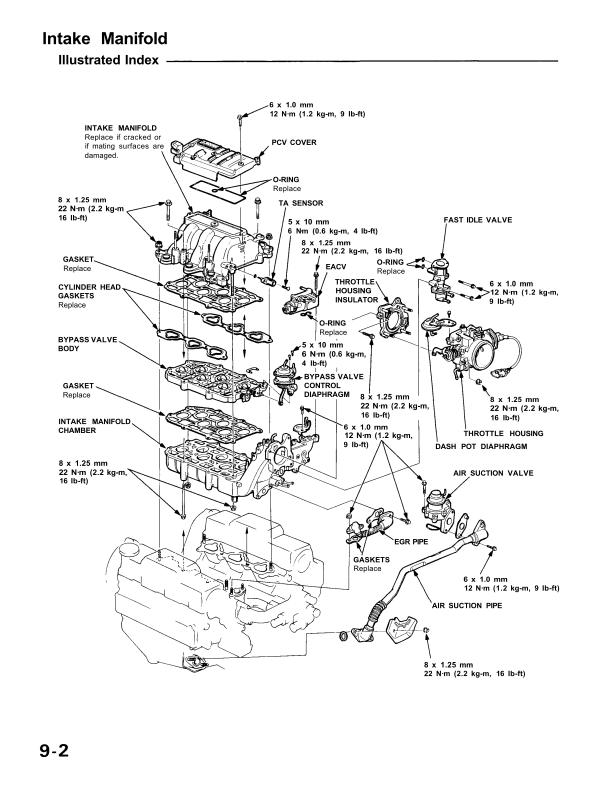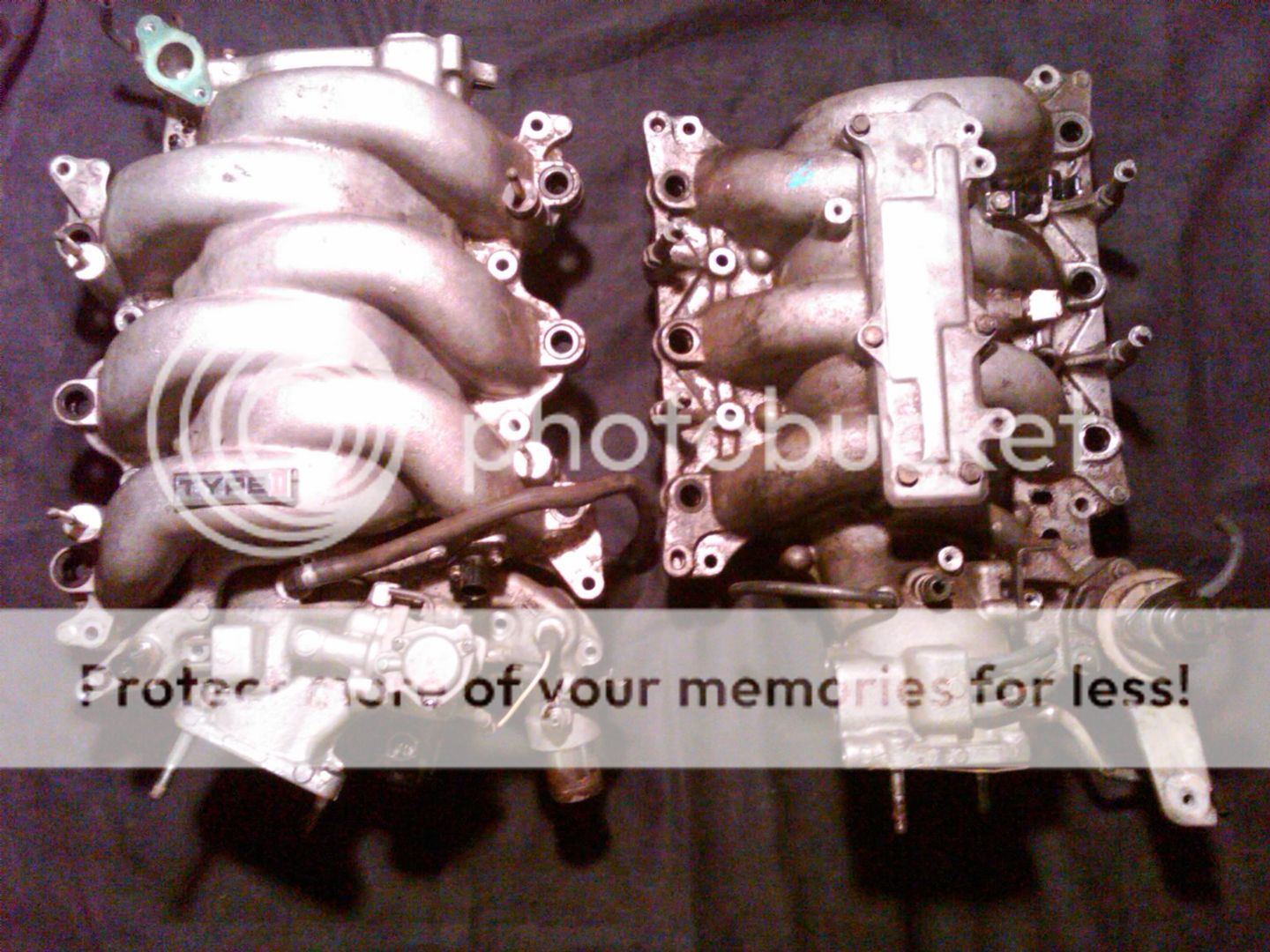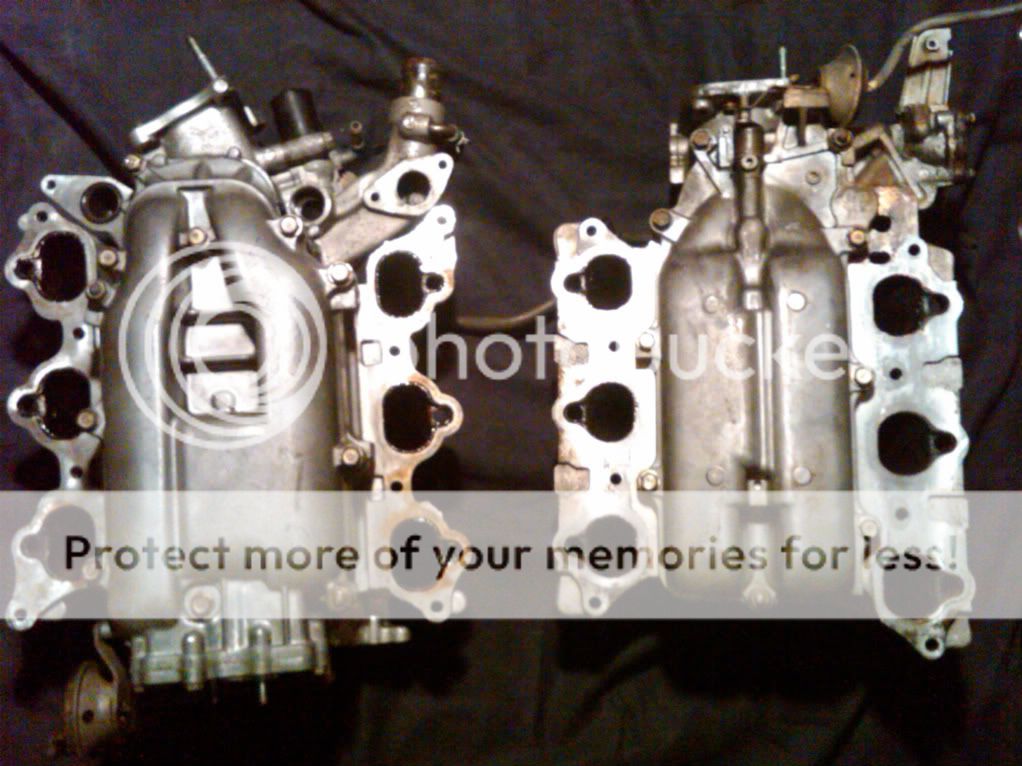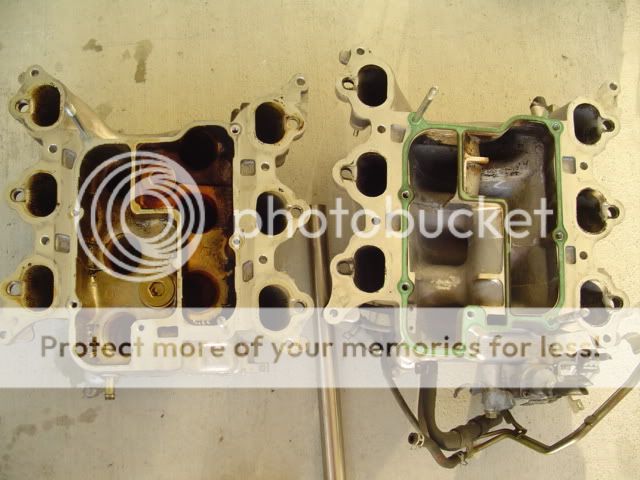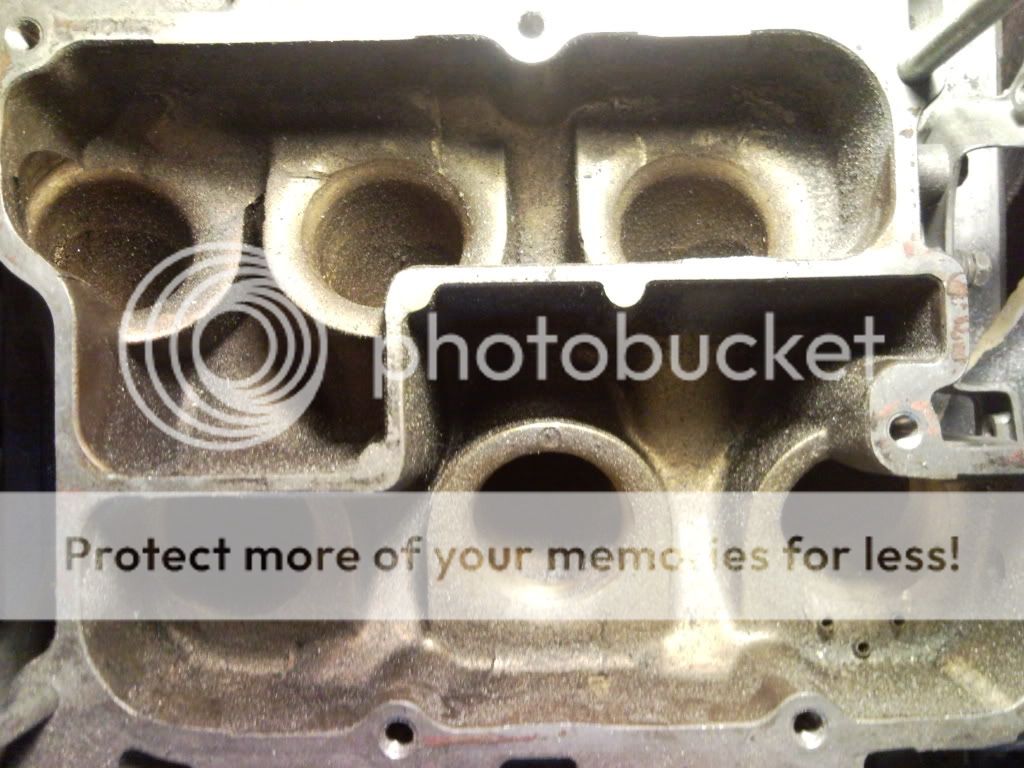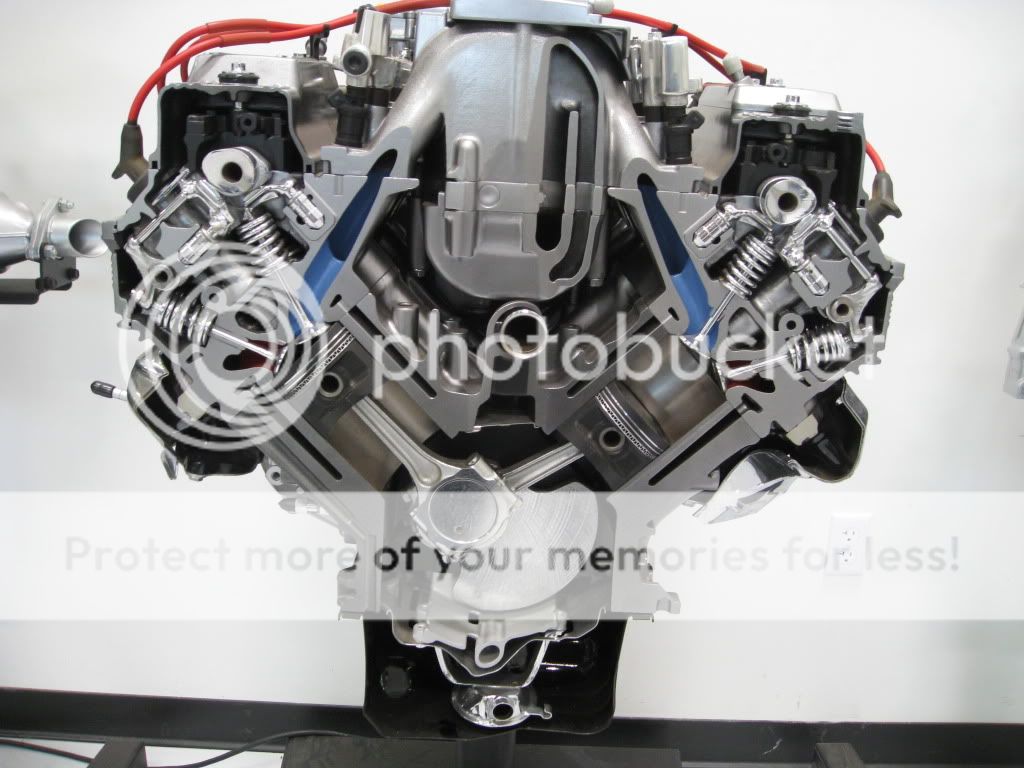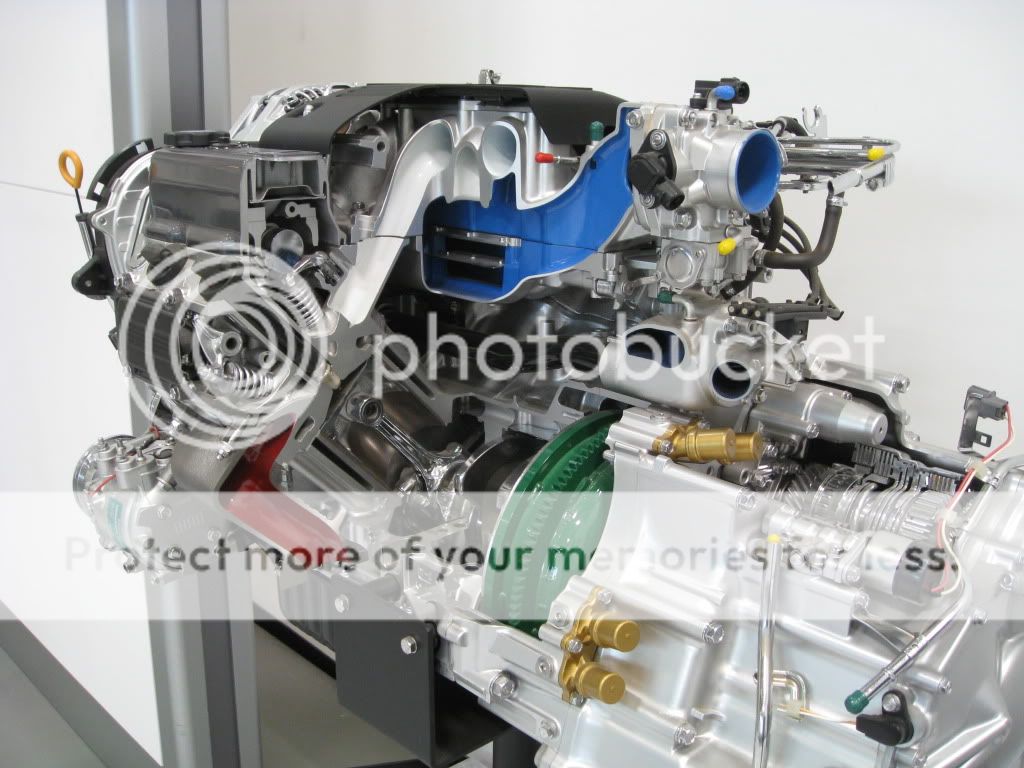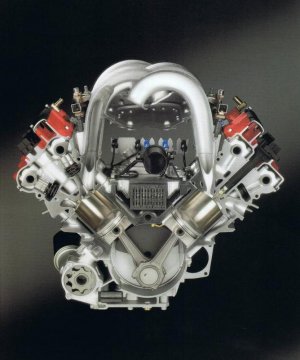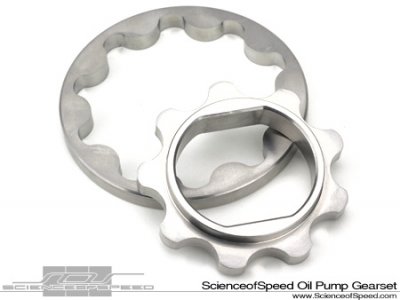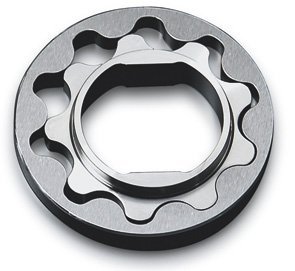I though this might be interesting for those interested in manifold design and understanding there design and workings.
First of al chronological format of the C-Series engine:
C25A (1985)
C27A < introduces advance torque control manifold aka VISS
C20A
C20AT (variable turbo, also used in early prototype NSX)
C30A < NSX Engine
C32A < Legend G2 engine 3 main versions, Type-I base torque tune, Type-II rpm/sport tune, OBD-II TL (rare)
C35A A tall deck version of C32A interesting note, a balance shaft is used to eliminate vibrations due to '90 configuration
C32B < 97-05 NSX
Non production "street" engines that are noteworthy, (race engines are a different interesting topic)
C35"B" NSX/Legend hybrid first used in FS-X prototype sedan
C35"B" larger NSX engine displayed on the HSC prototype
Very novel approach in the first generations of the C engine is the use of SOHC with a push rod in the head to give DOHC valve angles.
Head layout then split in to two directions in the late eights
C30A/C32B went with a B-Series configuration
C32A/C35A went with a D-Series SOHC configuration
NSX Intake manifold (basically identical between 3.0L and 3.2L engines)
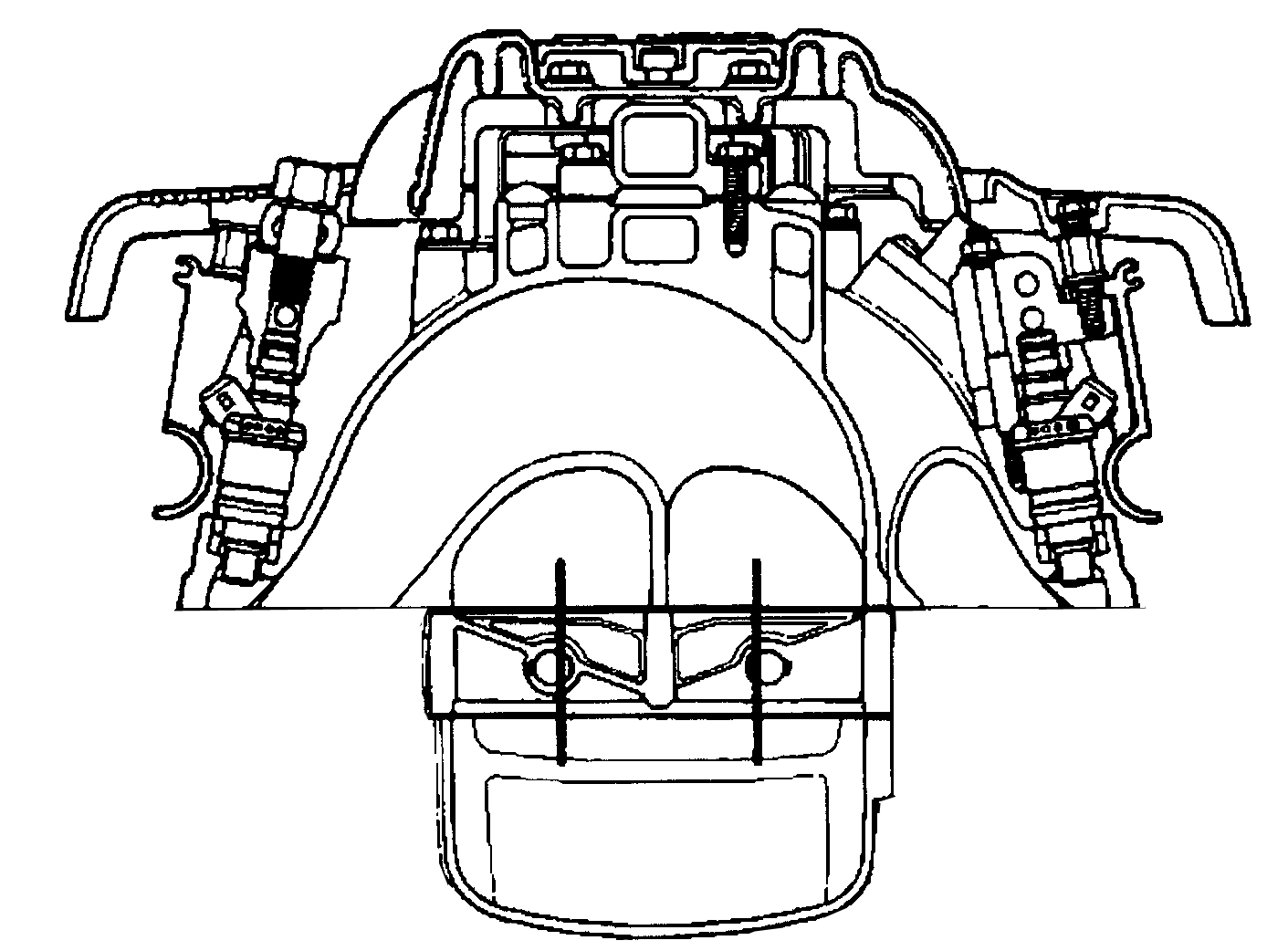
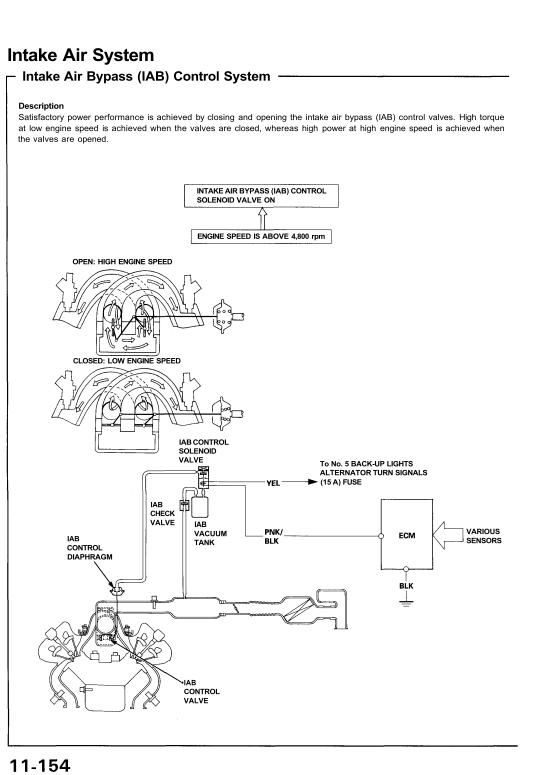
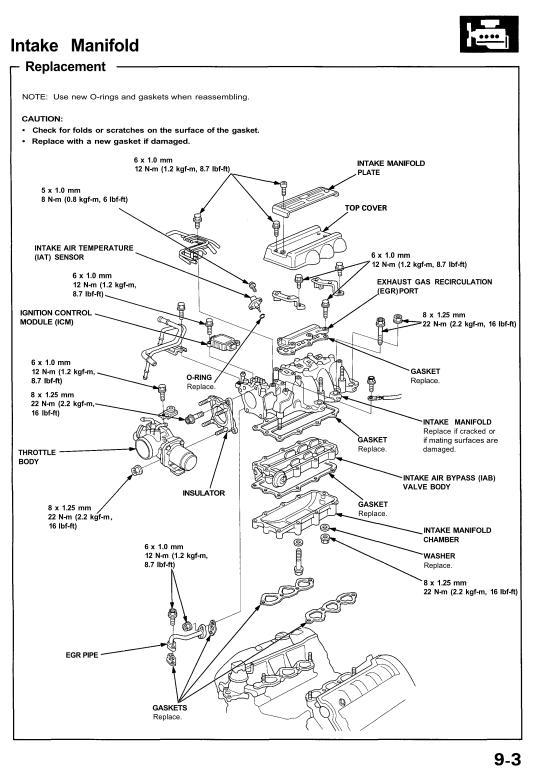
First of al chronological format of the C-Series engine:
C25A (1985)
C27A < introduces advance torque control manifold aka VISS
C20A
C20AT (variable turbo, also used in early prototype NSX)
C30A < NSX Engine
C32A < Legend G2 engine 3 main versions, Type-I base torque tune, Type-II rpm/sport tune, OBD-II TL (rare)
C35A A tall deck version of C32A interesting note, a balance shaft is used to eliminate vibrations due to '90 configuration
C32B < 97-05 NSX
Non production "street" engines that are noteworthy, (race engines are a different interesting topic)
C35"B" NSX/Legend hybrid first used in FS-X prototype sedan
C35"B" larger NSX engine displayed on the HSC prototype
Very novel approach in the first generations of the C engine is the use of SOHC with a push rod in the head to give DOHC valve angles.
Head layout then split in to two directions in the late eights
C30A/C32B went with a B-Series configuration
C32A/C35A went with a D-Series SOHC configuration
NSX Intake manifold (basically identical between 3.0L and 3.2L engines)



Last edited:




